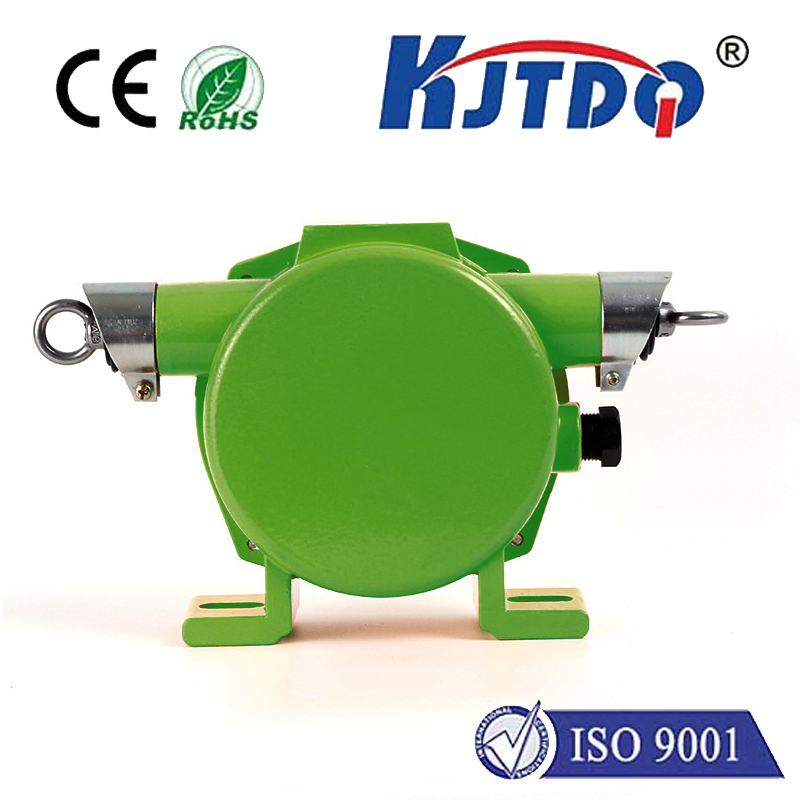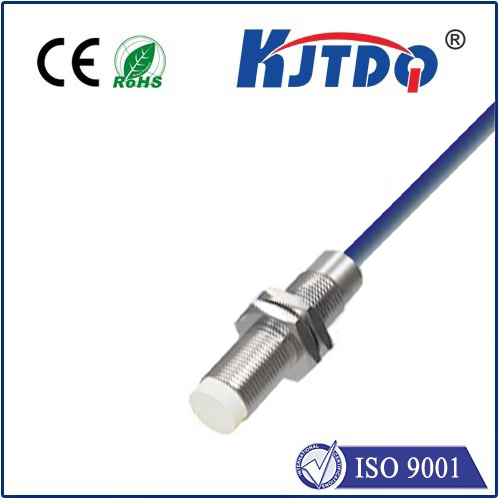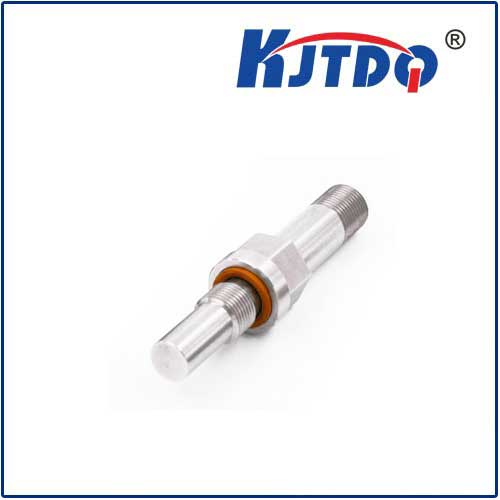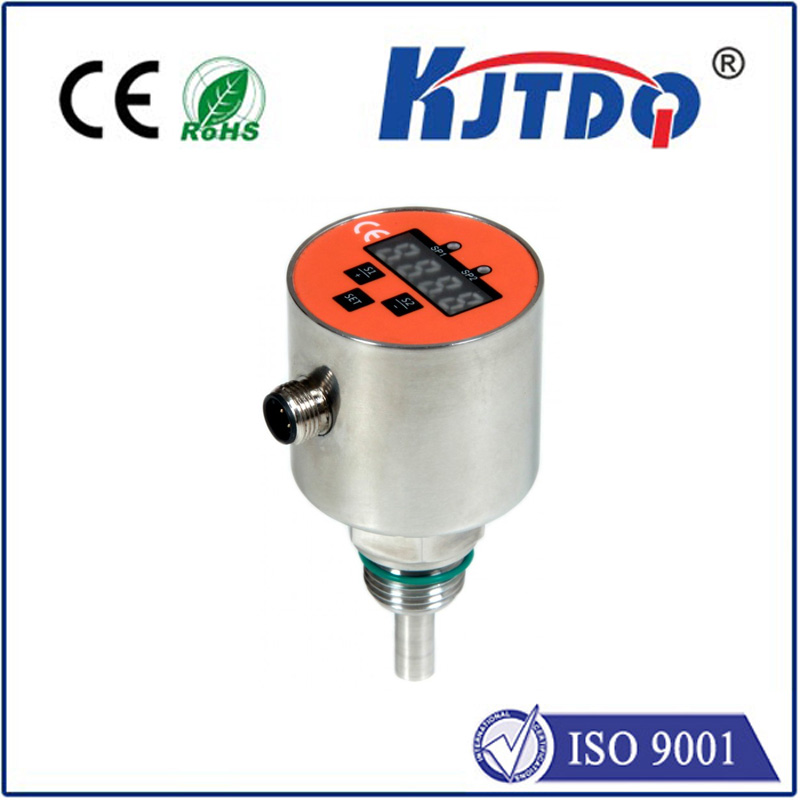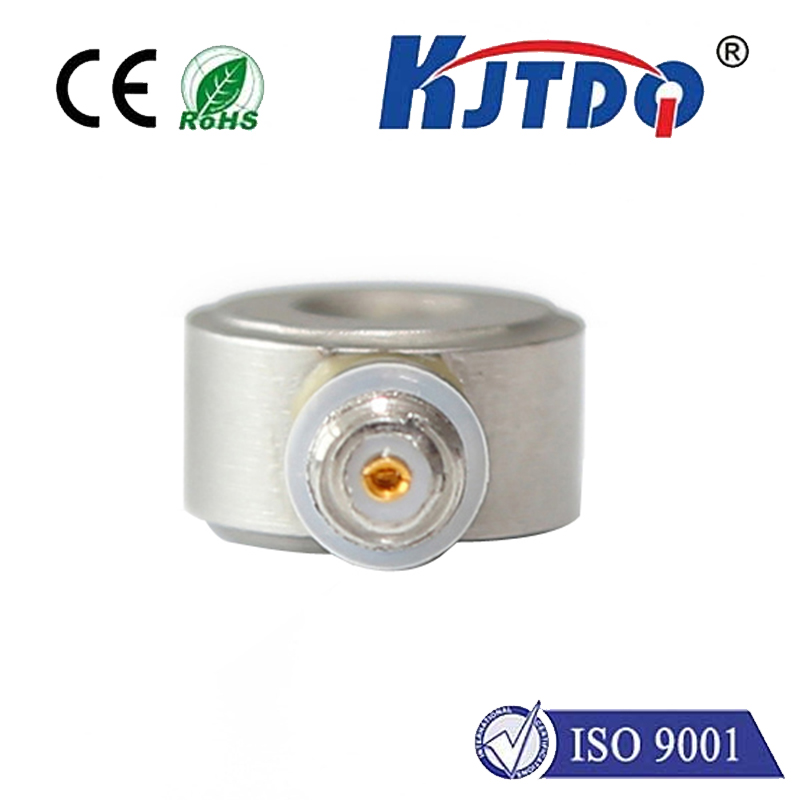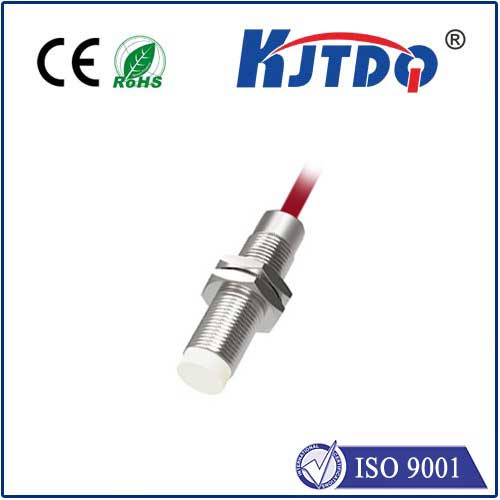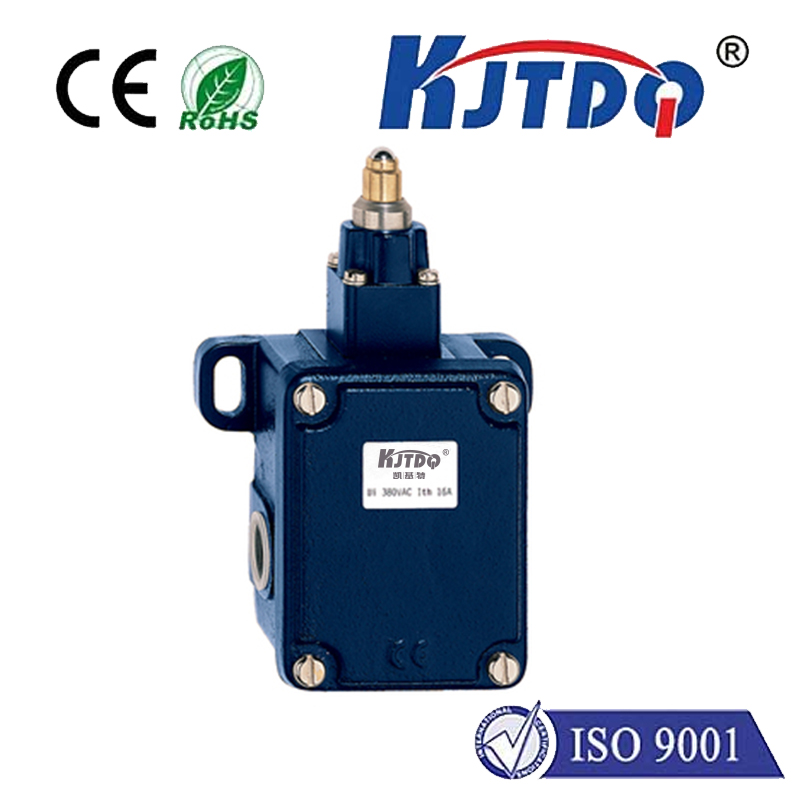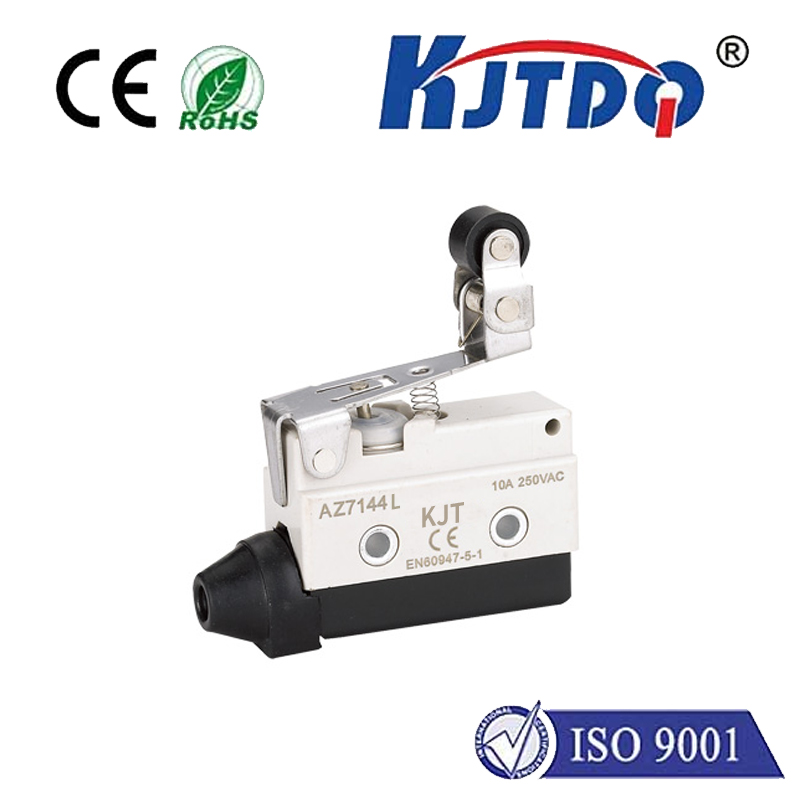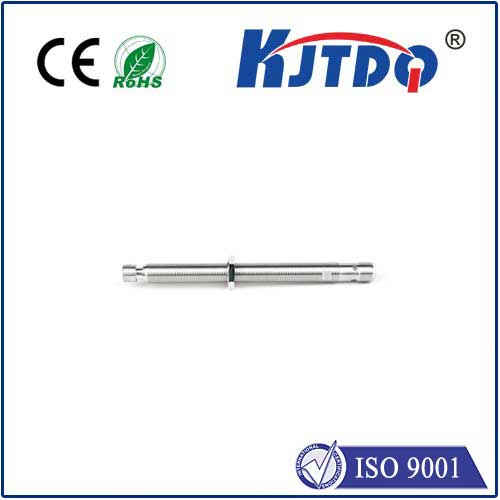
check

check

check

check
Proximity Capacitive Technology: Revolutionizing the Way We Interact with Devices
The world of technology is constantly evolving, and one of the latest advancements is the proximity capacitive technology. This innovative technology has revolutionized the way we interact with our devices, making them more user-friendly and intuitive to use. In this article, we will explore the basics of proximity capacitive technology and how it can be applied in various industries.

Proximity capacitive technology works by detecting the presence or absence of a conductive object, such as a human hand, within a certain distance from the sensor. When an object comes close to the sensor, it changes the electric field around it, which then triggers a response from the device. This makes it possible for users to control their devices without physically touching them, providing a more hygienic and convenient experience.
One of the most common applications of proximity capacitive technology is in smartphones and tablets. These devices often feature touch screens that rely on proximity sensing to detect when a user's finger is near the screen. This allows for more precise control over the device and makes it easier to navigate through menus and applications. Proximity capacitive technology is also used in other consumer electronics, such as smartwatches and fitness trackers, where it helps to improve the overall user experience.
Another industry that has benefited from proximity capacitive technology is gaming. Many modern gaming consoles and accessories now incorporate this technology into their designs. For example, some game controllers use proximity capacitive sensors to detect when a player's hands are near the controller, allowing for more immersive gameplay experiences. Additionally, virtual reality headsets often utilize proximity capacitive sensors to track the movements of the user's head, creating a more realistic and engaging virtual environment.
Proximity capacitive technology is not limited to consumer electronics and gaming; it has also found its way into industrial applications. For instance, it can be used in manufacturing facilities to detect when machinery is operating too close to workers or other objects, helping to prevent accidents and injuries. Moreover, proximity capacitive sensors can be integrated into security systems to detect when someone is attempting to breach a secure area or access restricted information.
In conclusion, proximity capacitive technology represents a significant advancement in the field of electronics and has numerous applications across various industries. Its ability to detect the presence or absence of conductive objects within a certain range has made it possible for users to interact with their devices in new and innovative ways. As this technology continues to evolve, we can expect to see even more exciting developments that will further enhance our daily lives and work environments.
